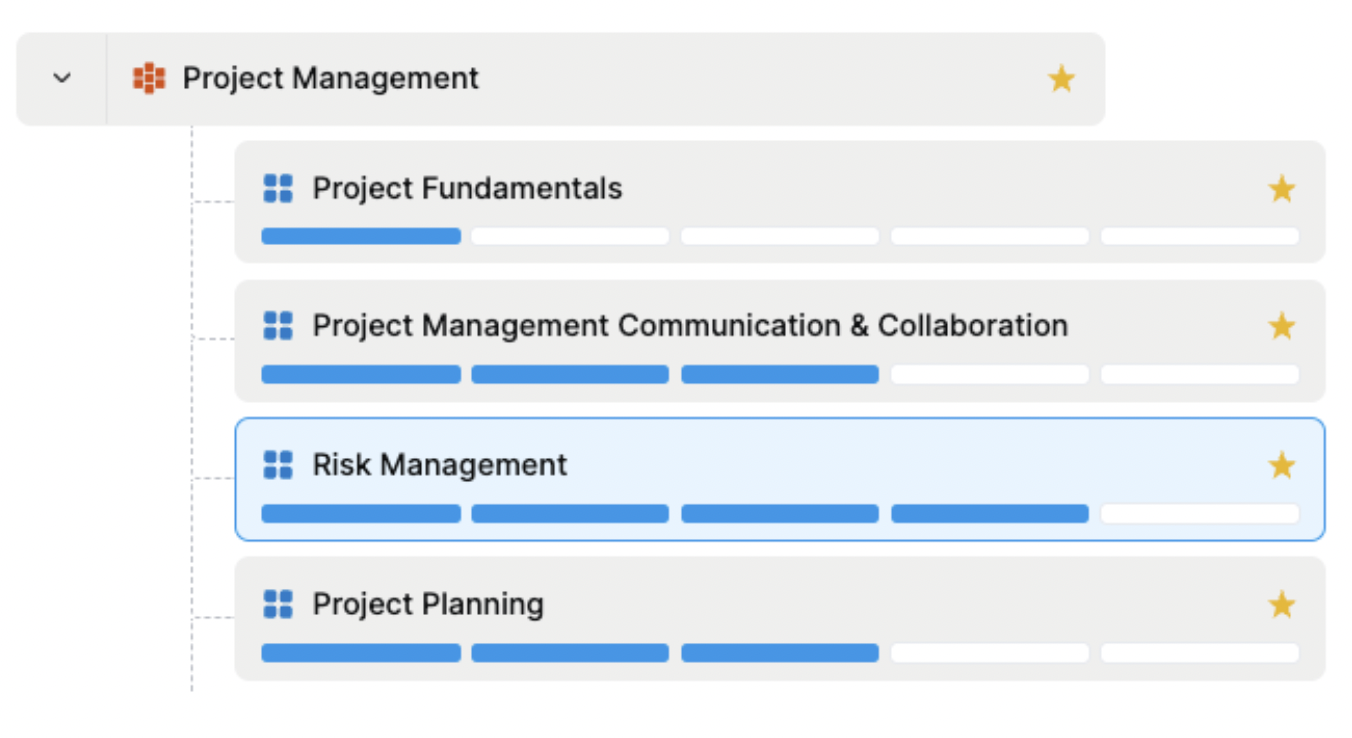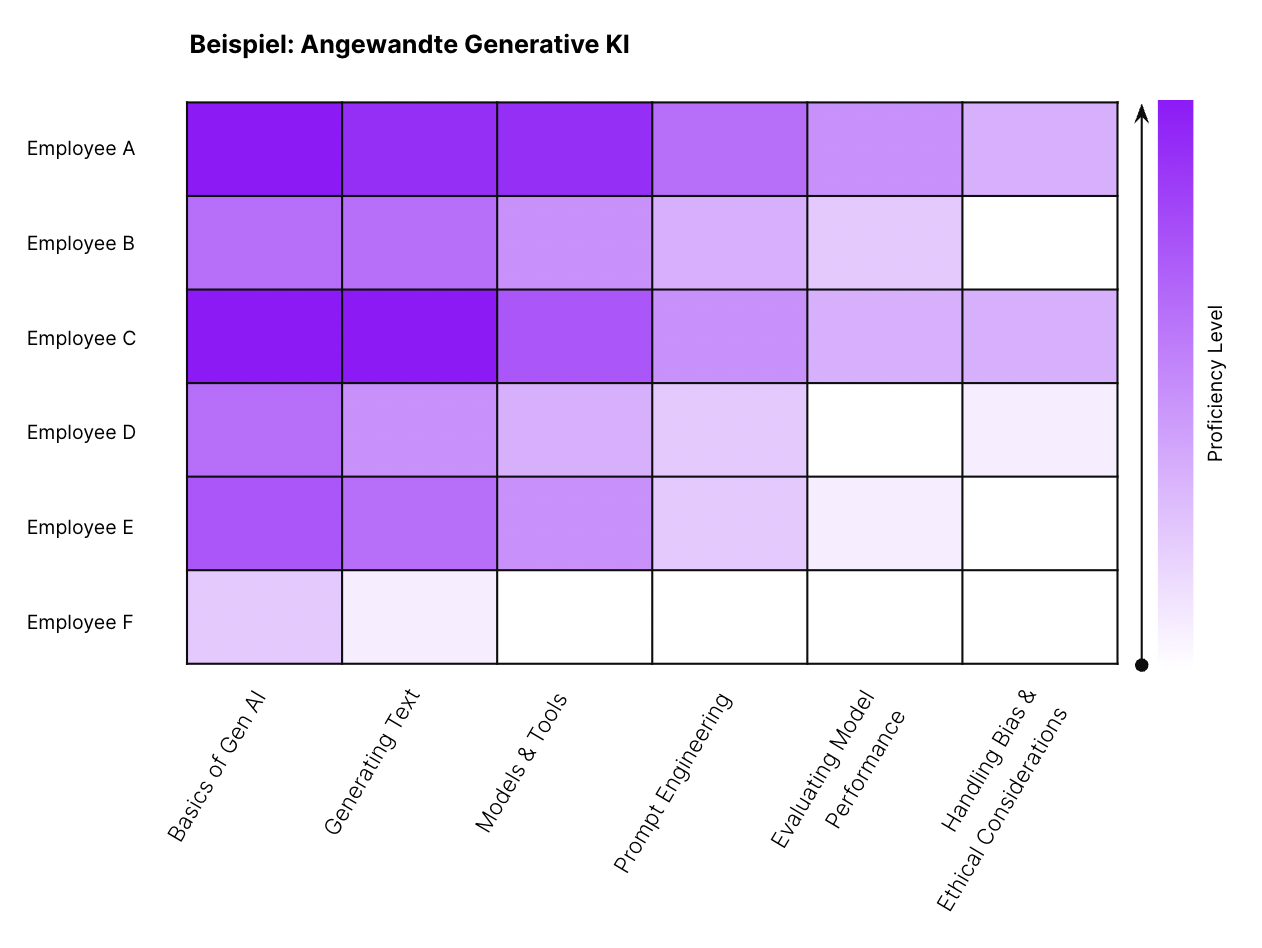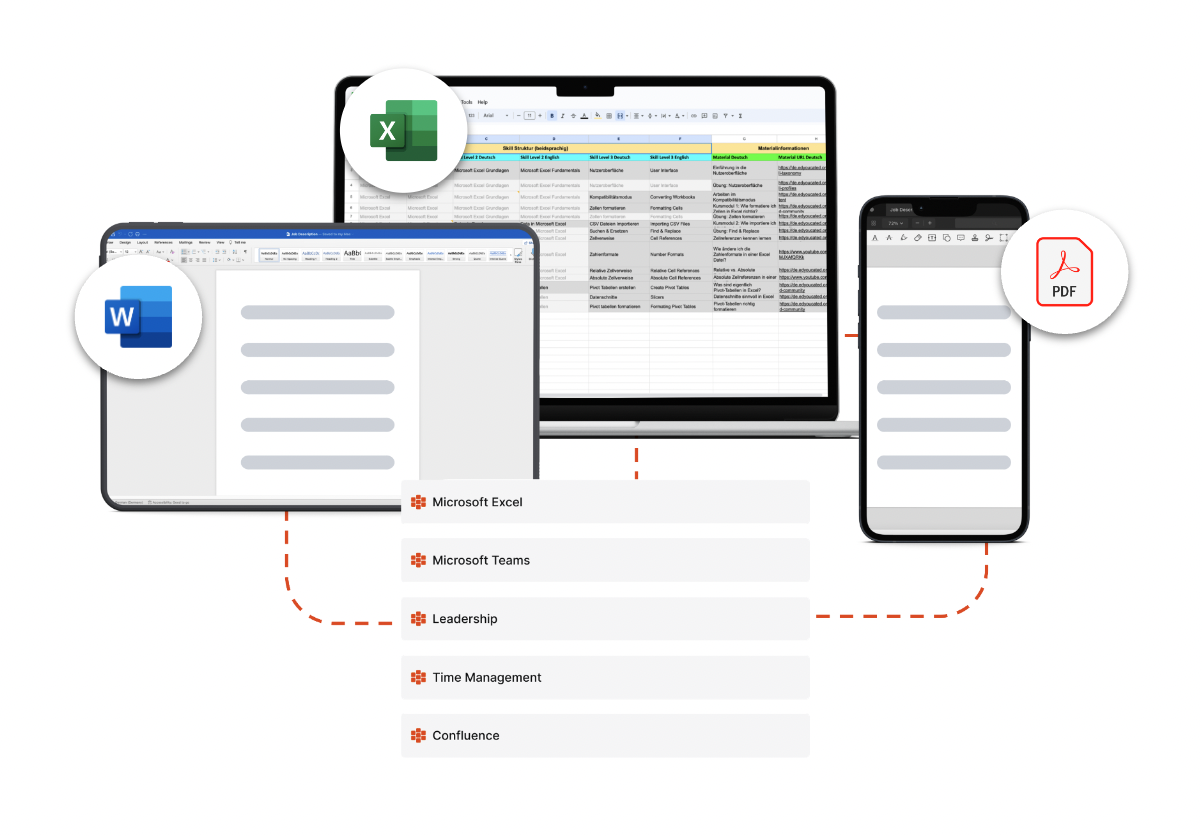SCAAMPI: The 7-step framework for successful L&D teams
Successful L&D teams follow these seven steps to start with skills and enable targeted L&D that drives impact.
.png?width=500&height=499&name=Typeform%20(3).png)
The 7-step program for first-class L&D teams
Establishing skills as a central element in the HR process is a complex challenge that can raise many questions. We have successfully helped a wide range of organizations - from SMEs to large corporations - implement skills and skills management. From this experience, we know that getting started with skills is not always easy. That is why we have developed our proven 7-step framework. We also use this framework in our masterclass and consulting services to help you get off to a successful start with skills.
01 - SCOPE
Define jobs and roles
We recommend that you always start small in order to get results quickly and demonstrate tangible results to your stakeholders. That's why our recommendation for the first step is to narrow the scope of your project and focus on specific roles that are currently most relevant to your organization.
Based on our experience, these could be role profiles that are currently in high demand, such as digital skills or specific tool knowledge. Alternatively, you can focus on roles that are particularly important to your organization. For example, if you are in the services business, account managers or customer support staff could play a key role.
The important thing to remember is that there is no right or wrong way to do this-the choice of role depends on the unique needs of your business and industry.
02 - CREATE
Create skill profiles and set target level
Once you have decided on one or more roles, the relevant skills for these roles need to be identified and validated to create a comprehensive skills profile.
We offer an AI-based extraction service that quickly provides you with an initial overview of the relevant skills from your documents such as job profiles, job postings and market data. You can then refine this initial list and share it with your technical experts for validation. In addition to the skills defined, the target level for each skill should be determined.
The result is an informed skill profile for one or more defined roles.
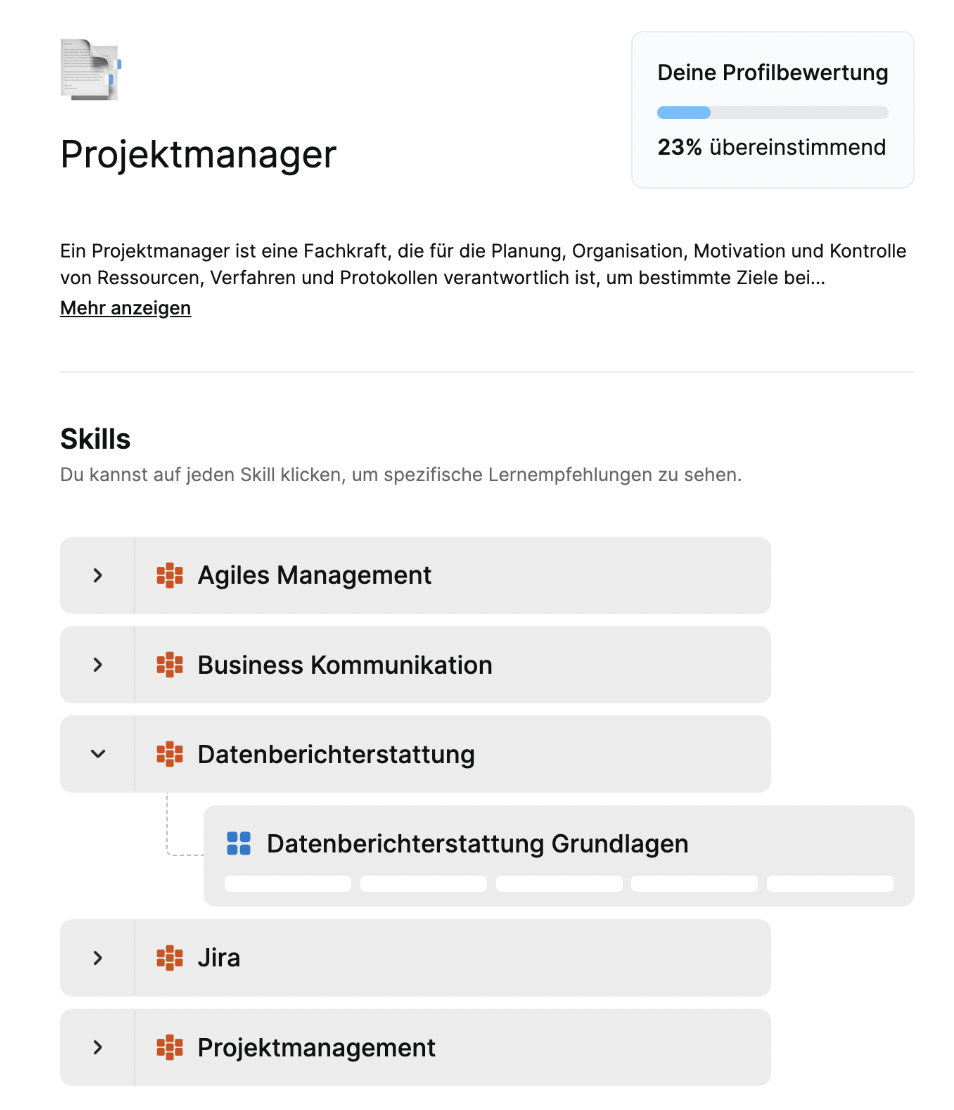
06 - PERSONALIZE
Provide skills-based learning recommendations
Provide personalized learning recommendations based on the individual needs (skill profiles) of your employees. Monitor learning progress and promote individual motivation and success through personalized learning paths. The result is self-directed learning that aligns with business goals and skill gaps.
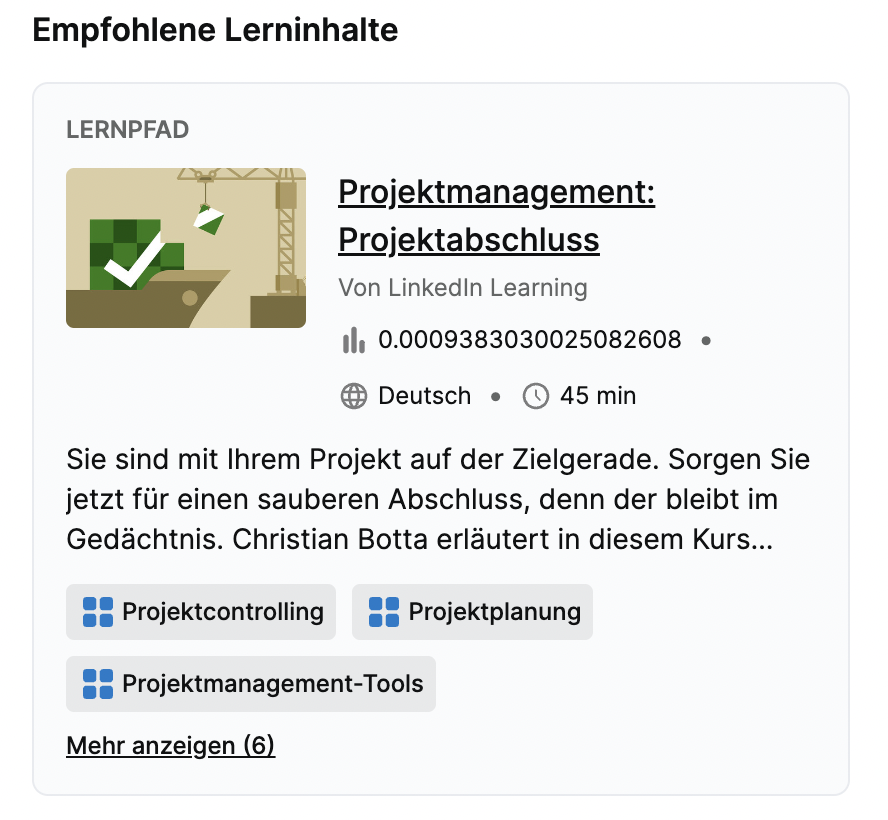
07 - INSPECT
Establishing a learning culture and measuring effectiveness
Create a continuous learning culture by actively engaging managers and measuring the effectiveness of your L&D efforts. In our experience, the combination of skill profiles that enable self-directed learning in line with business objectives and regular 1:1 meetings is the perfect strategy to promote learning progress and a learning culture.
Skills-Based L&D
Dive into the essentials of skill-based learning and development with an 8-hour comprehensive course, propelling your organization towards a future-ready, skills-focused model. In just one day, you’ll master everything you need to know about skill-based L&D to drive workforce development in your organization.
- Start Date: September 19
- Format: E-Learning & Virtual Live Sessions
- Costs: Free of charge
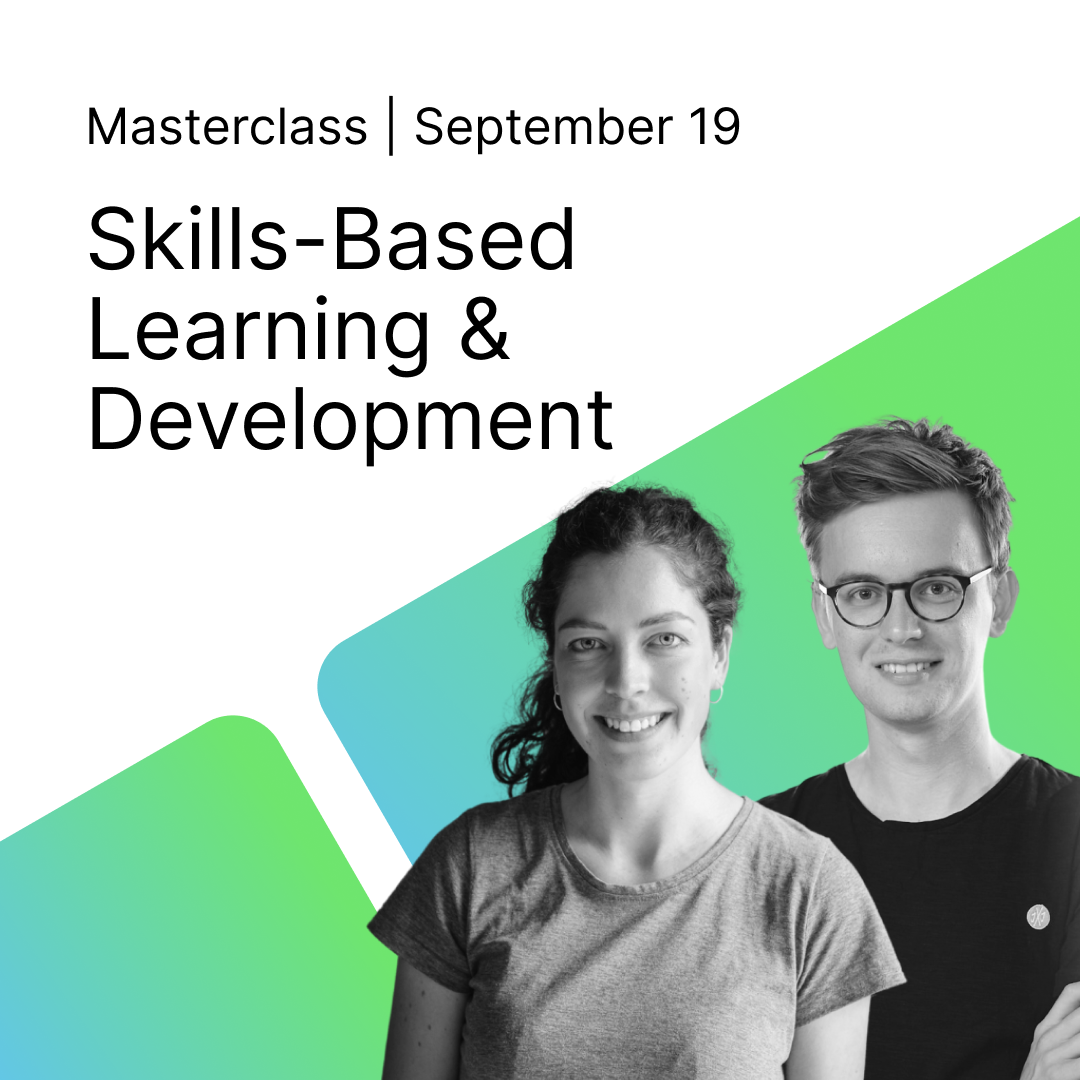

.png?width=218&height=240&name=edyoucated_logo--default--color--@3x%20(1).png)
